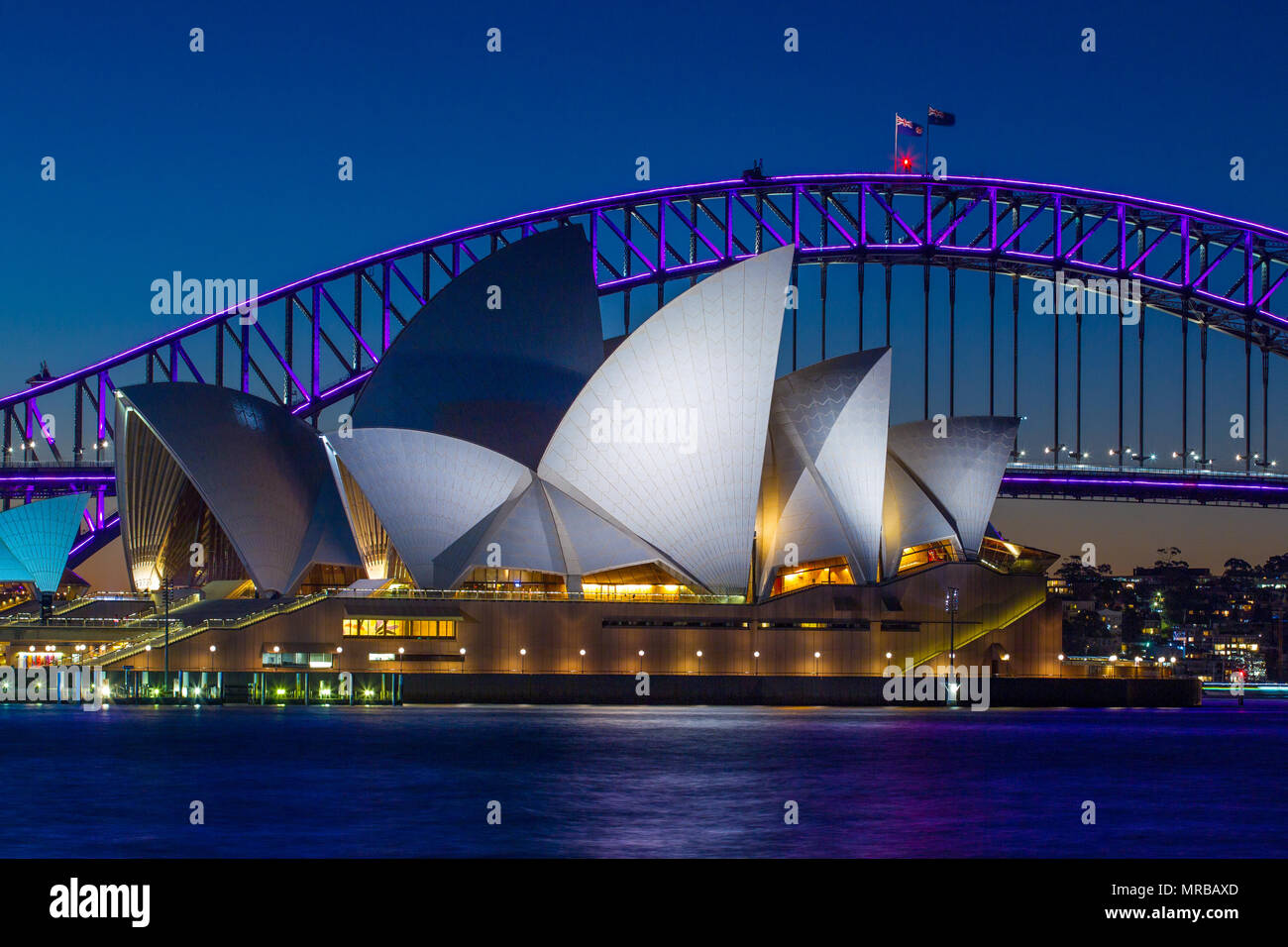


However, in this tutorial we won’t be covering the media encoder. I personally have never used the Adobe Media Encoder, but I have heard good things about it. If you try to export your project via the File –> Export menu, you will be given a number of options. I am going to demonstrate the options you have with a simple composition that I used for my HitFilm 2 Muzzle Flash tutorial on my YouTube channel. In the second part I will discuss how to export your video from After Effects and cover some common problems you may encounter. Then save.In the first part of VFX Vlog #9 I talked about how to choose the best tutorials to ensure you advance your After Effects skills. Select the blue/inverted line polygons and go to Functions/Reverse Normals or Functions/Mesh/Reverse Normals. This helps to see when you have a material on your object. You can also turn on the Normals from the Viewer Options and the lines will show which way the normals are facing. Polygons that are a tinge yellow are facing the correct way. If you have colored materials on your object it may be tough to tell, but if you select your object, then switch to polygon select mode, polygons that are more blue are reversed. It is best to fix in c4d for best results. You can use the Draw Backfaces option to force Element to render those reversed polygons, and use the Auto Normals options and that can help a bit. However even with those fixes, the lighting on the model still may not react quite as desired. If normals are flipped the incorrect way, geometry in Element will appear to be invisible. There are two important reasons why you want all normals on an object to be pointing the correct way. Normals determine which way geometry faces react to light.


 0 kommentar(er)
0 kommentar(er)
